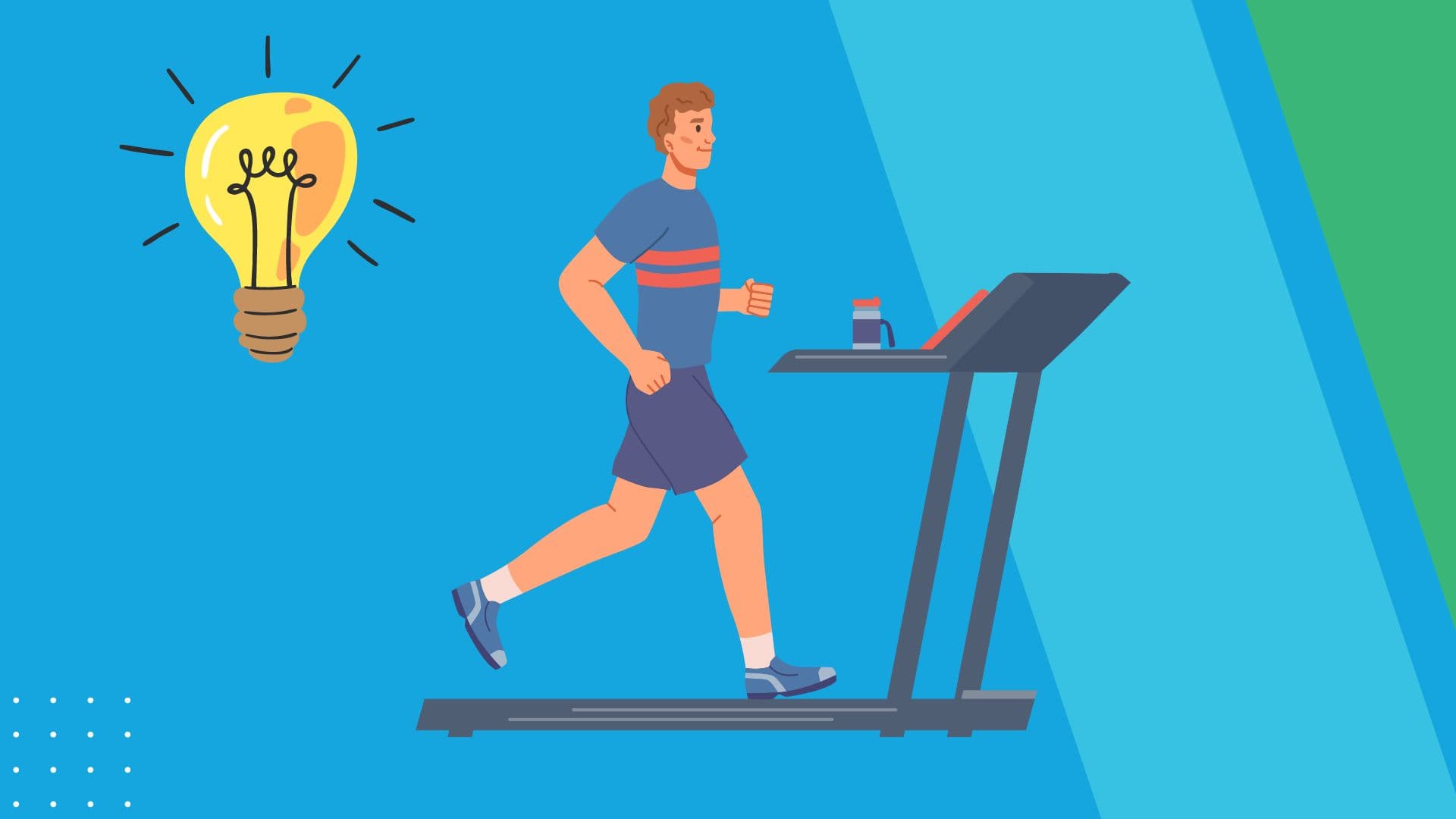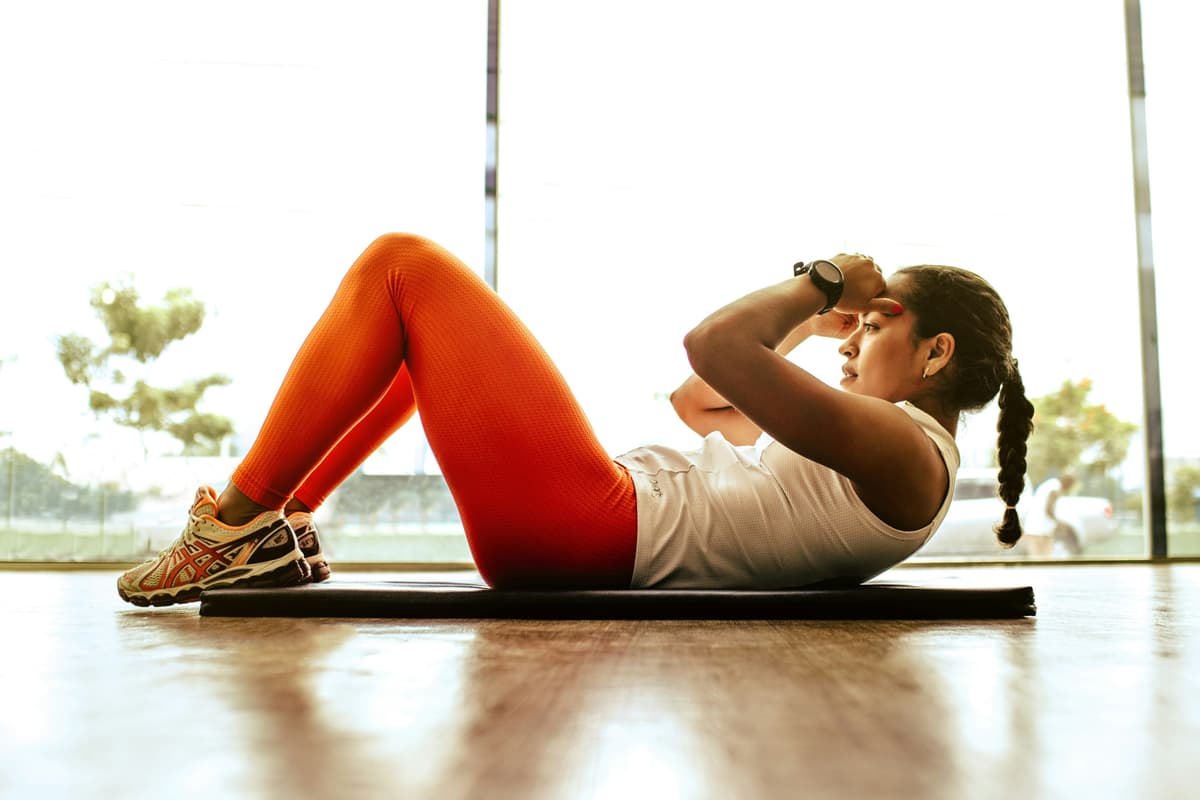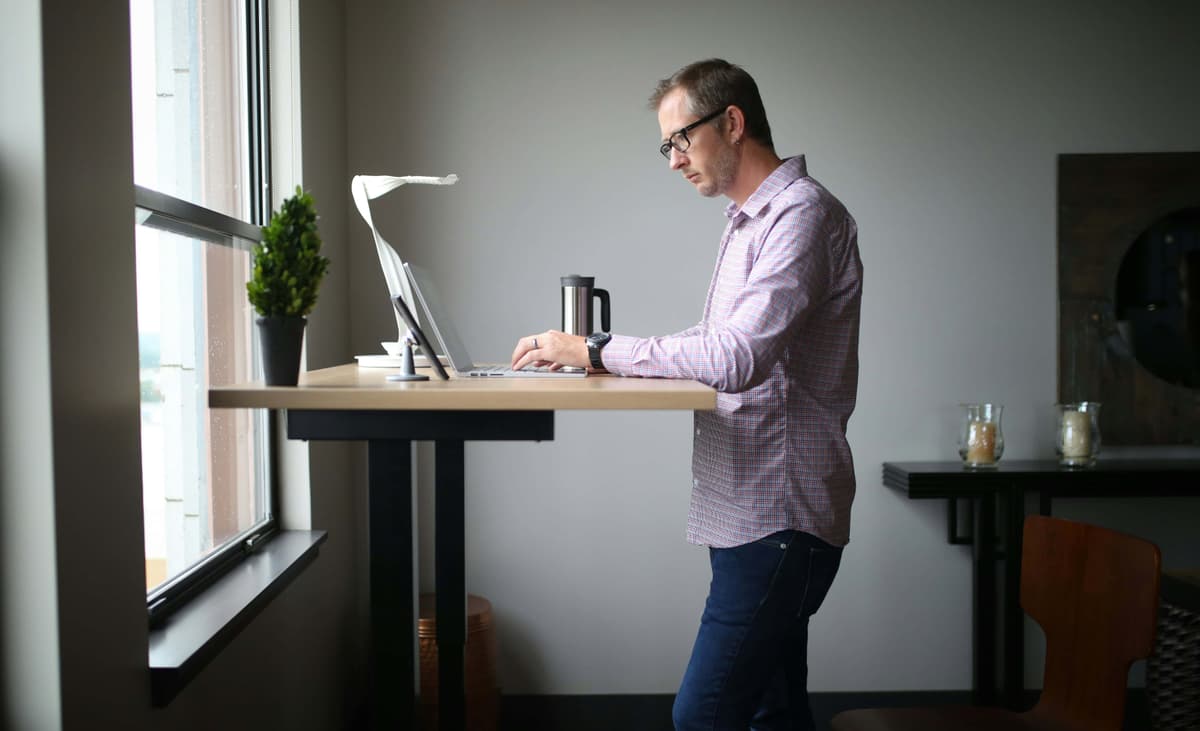
In today’s fast-paced world, many of us spend the majority of our day sitting and staring at a computer screen. Taking time to work out falls to the wayside as we focus on our job performance. Sedentary behavior is a significant concern, especially those in corporate America with desk-bound office jobs. Globally, one-third of individuals aged 15 and older engage in insufficient physical activity, and American adults average 7.7 hours of sedentary time daily. This trend has been exacerbated by factors such as limited exercise spaces and increased prevalence of technology jobs.
The negative impacts of sedentary lifestyles on health are substantial, affecting various bodily functions including lipid and carbohydrate metabolism, cardiac output, and vascular function. Sedentary behavior also contributes to weight gain, chronic inflammation, and increased risk of diseases like cancer, cardiovascular disease, diabetes, and hypertension. Additionally, it can lead to musculoskeletal issues, depression, and cognitive impairment.
In this post, we share 10 ways to work out while you work, including desk exercises, micro workouts, and other tips for remote workers or anyone who sits at a desk all day.

Despite the limitations posed by your office setting, there are numerous tactics to introduce movement into your everyday routine. From inconspicuous desk exercises to incorporating active meeting methodologies, our blog is dedicated to offering practical solutions for maintaining an active lifestyle amidst the demands of modern-day workplaces. Join us as we delve into actionable advice designed to encourage physical activity and elevate productivity during your workday.
You don’t need to leave your desk to get a bit of exercise. Simple desk exercises can be effective in keeping you active. Leg lifts, for instance, are great for your lower body. Simply sit up straight and lift one leg at a time, holding it for a few seconds before lowering it. Arm stretches are another easy option. Stretch your arms above your head and then behind your back to relieve tension. Seated marches, where you lift your knees one at a time as if marching in place, can also keep your legs engaged.

A standing desk is an excellent way to reduce the time spent sitting. Alternating between sitting and standing can alleviate back pain and improve circulation. Start by standing for 30 minutes and gradually increase the duration. Many modern standing desks are adjustable, allowing you to switch between sitting and standing positions throughout the day.
Regular stretching is crucial to prevent stiffness and maintain flexibility. Set a timer to remind yourself to take a stretch break every hour. Simple stretches like neck rolls, shoulder shrugs, and back stretches can make a big difference. These breaks not only help with physical health but also improve mental clarity and focus.

Walking meetings are an innovative way to combine work and exercise. Instead of sitting in a conference room, suggest a walk-and-talk meeting. Walking stimulates creativity, improves mood, and helps you reach your daily step goal. It’s also a great way to get some fresh air and break the monotony of sitting indoors.
A desk cycle is a compact and convenient way to get some cardio while working. This small, portable device fits under your desk and allows you to pedal while you work. A desk cycle is a low-impact option that can improve your cardiovascular health without requiring you to leave your workspace.
Replacing your traditional office chair with a stability ball can improve your posture and engage your core muscles. Sitting on a stability ball requires you to maintain balance, which strengthens your core. It also encourages better posture, reducing the risk of back pain.
Micro workouts are short, intense bursts of exercise that can be done during brief breaks. Exercises like jumping jacks, push-ups, and squats can be performed in just a few minutes. These quick workouts boost your heart rate and metabolism, making them a great way to stay active throughout the day.

If your office has multiple floors, take the stairs instead of the elevator. Stair climbing is an excellent cardiovascular exercise that strengthens your legs. It’s a simple change that can have a significant impact on your overall fitness.
Keep resistance bands and hand weights at your desk for quick strength training exercises. Bicep curls, tricep extensions, and resistance band rows can be done easily during a break. These exercises help build muscle and improve overall strength without requiring much space or time.
Incorporating yoga into your workday can help reduce stress and improve flexibility. You don’t need a mat or special clothes to practice office yoga. Simple poses like the chair pose, seated twist, and forward fold can be done right at your desk. Yoga promotes relaxation and mental clarity, making it an excellent addition to your work routine.
Staying active during the workday is essential for both physical and mental health. By incorporating these 10 simple strategies, you can transform your work environment into one that promotes movement and well-being. Whether it’s through desk exercises, standing desks, or micro workouts, there are plenty of ways to stay fit while you work. So, take the first step toward a healthier workday and start integrating these activities into your routine today.
Remember, staying active doesn’t have to be complicated or time-consuming. With a little creativity and commitment, you can make exercise a natural part of your workday. Your body and mind will thank you for it.
These suggestions are backed by various health and wellness experts who emphasize the importance of integrating movement into our daily lives, especially for those who have desk jobs. For further reading and detailed exercises, you can explore resources from health and fitness websites such as Healthline, The National Library of Medicine, and Mayo Clinic.